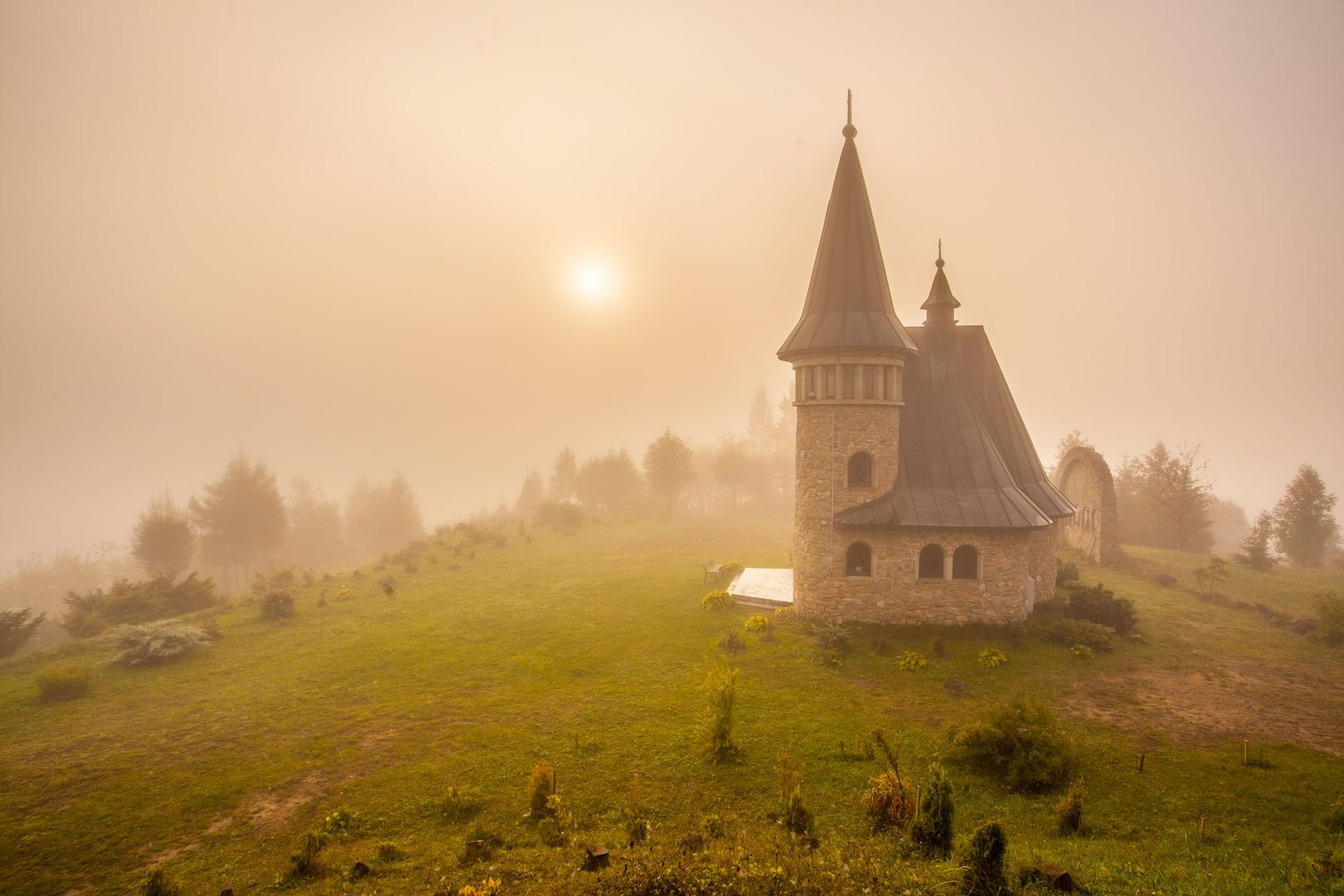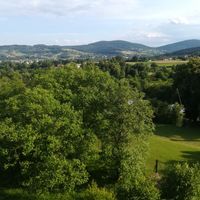Gorlice
7.18

Overview
Gorlice is a town in the Lesser Poland Voivodeship, covering an area of 23.56 km², with an interesting distribution of agricultural land (61%) and forests (10%). It constitutes 2.44% of the area of Gorlice County. The town's economy is based on the oil, machinery, and wood industries, and Gorlice is an important industrial center within the Special Economic Zone Euro-park Mielec. The town has rich religious traditions, with representatives of many denominations, including the Roman Catholic, Greek Catholic, and Orthodox Churches. It is worth noting that since 2009, it has been the seat of an Orthodox bishop, which led to the elevation of the local Orthodox church to the status of a cathedral.
The history of Gorlice dates back to the Middle Ages, and the town was founded in 1354 by Dersław I Karwacjan at the confluence of the Ropa and Sękówka rivers. The first settlement was associated with arrivals from Görlitz in Lusatia. In the 19th century, Gorlice became the cradle of the oil industry, and Ignacy Łukasiewicz conducted his research on the kerosene lamp here. The town also played a significant role during World War I, when a major battle took place near Gorlice in 1915. After the war, Gorlice became a county town and experienced infrastructural development, as well as cultural growth thanks to the establishment of many institutions, such as the Regional Museum and the Polish Gymnastic Society "Sokół."
Gorlice hosts numerous cultural events, including the International Multimedia Presentations "Ambient Festival" and the Zygmunt Haupt Festival. Among the monuments, numerous World War I military cemeteries and historic buildings stand out, testifying to the region's rich history. The town has a well-developed transport network, with national and provincial roads, as well as railway lines. Tourist attractions also include a number of hiking trails that lead through the picturesque areas of the Low Beskids.
Gorlice is known for its cultural diversity, associated with many ethnic groups, which is reflected both in its architecture and local traditions. The town is visited by tourists not only for its beautiful landscapes but also for its rich historical and cultural heritage. It is also worth mentioning local personalities, such as Ewa Wachowicz, a well-known television presenter, and Jesuit priest Antoni Reichenberg, who contributed to the promotion of the region. Gorlice is also a partner town with Bardejov in Slovakia, Kalush in Ukraine, and Nyíregyháza in Hungary, which contributes to its further development and cultural exchange.
Location
2025 Wizytor | All Rights Reserved


